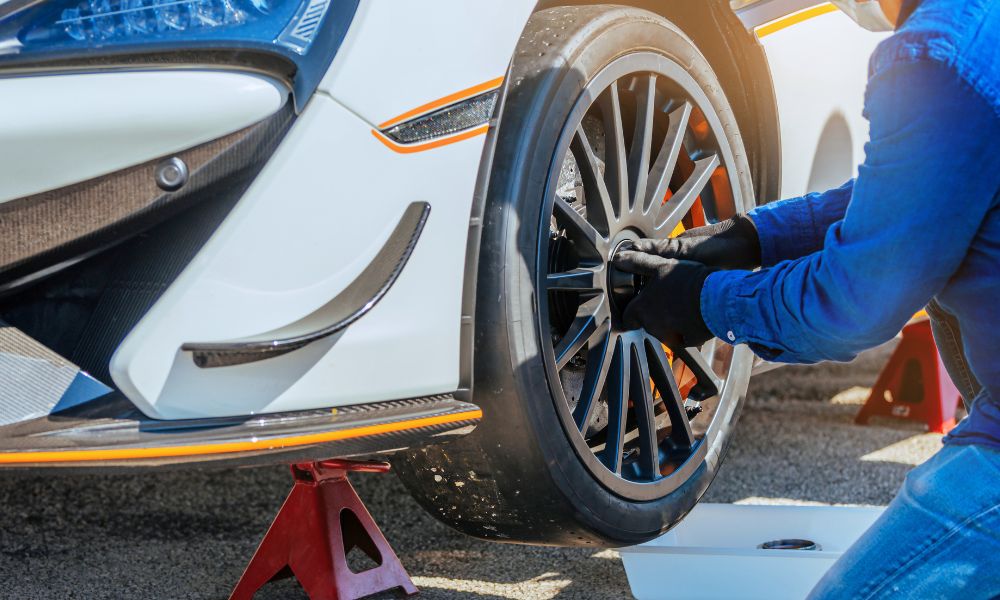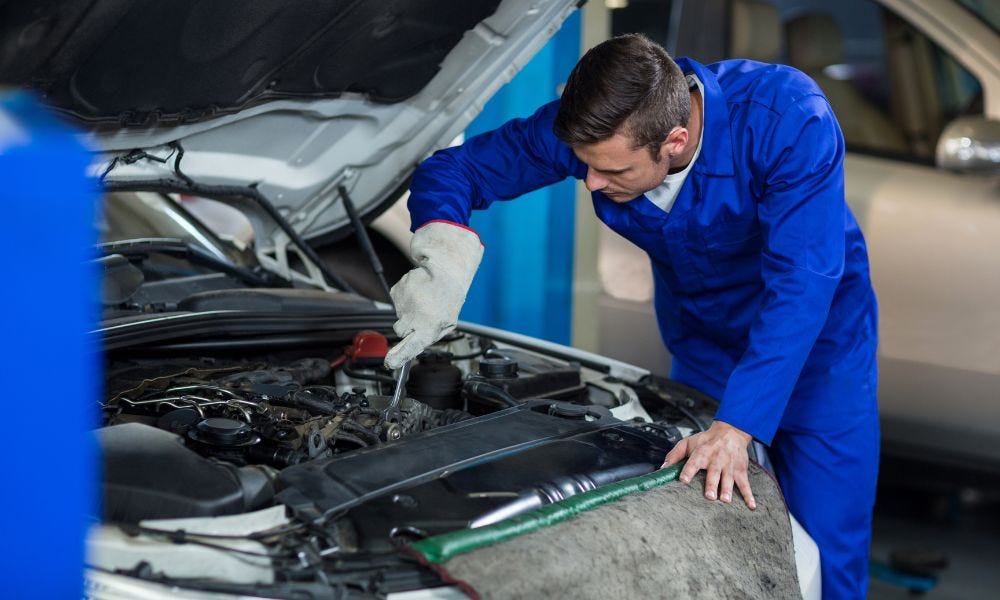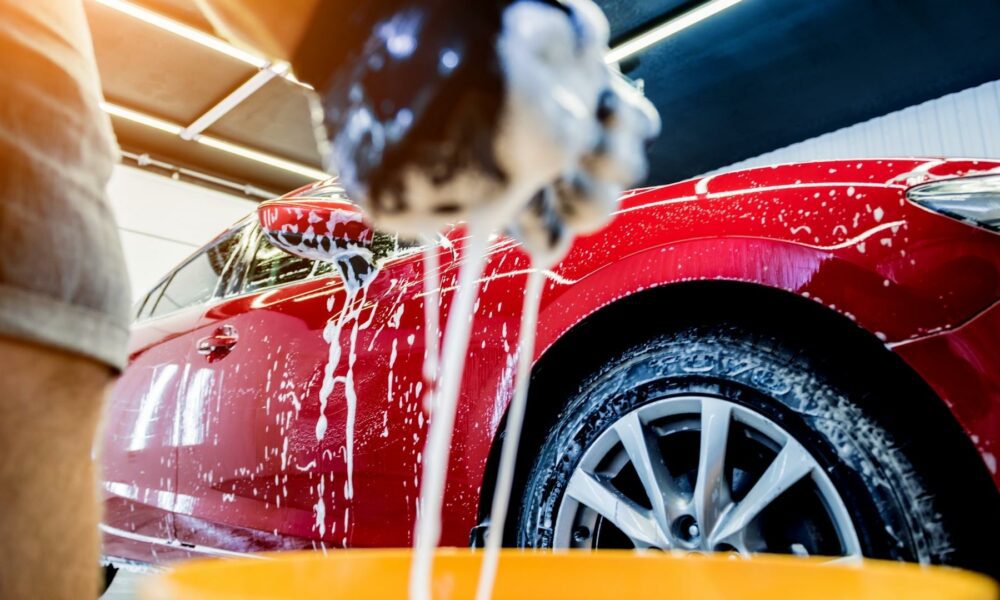Predictive Maintenance in Modern Vehicles
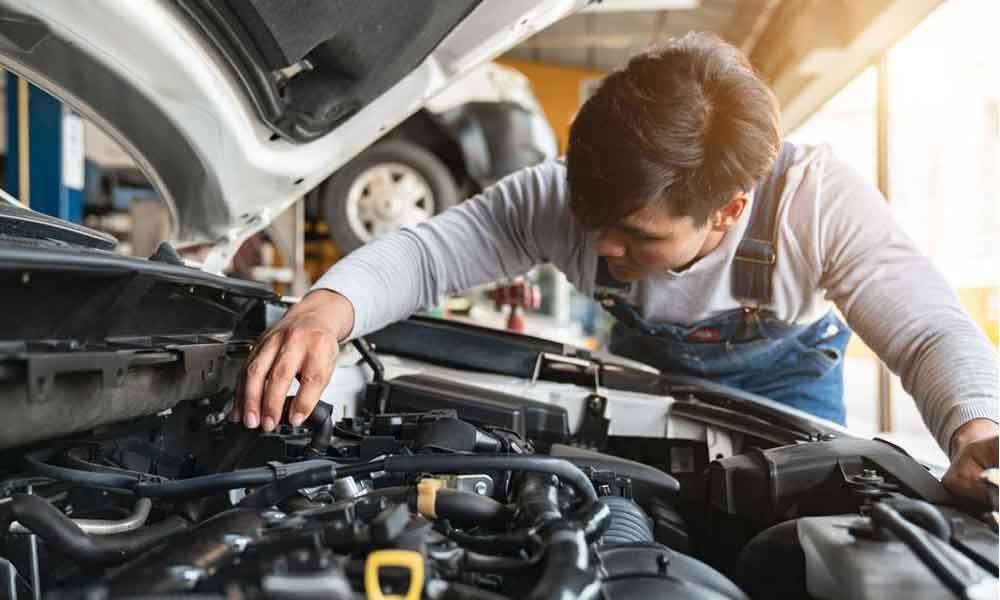
Modern vehicles are equipped with advanced technology that allows for predictive maintenance, revolutionizing the way maintenance is performed on vehicles. Predictive maintenance utilizes various sensors, data analysis, and algorithms to predict potential failures or maintenance needs in vehicles. By identifying and addressing issues before they become major problems, predictive maintenance helps to improve vehicle reliability, reduce downtime, and ultimately save money for vehicle owners.
How Does Predictive Maintenance Work?
Predictive maintenance involves monitoring and analyzing various parameters and data collected from vehicles in real-time. These parameters can include engine performance, tire pressure, battery health, fuel consumption, and many others. Sensors installed in different parts of the vehicle constantly collect data, which is then transmitted to a central processing unit for analysis.
The data collected is analyzed using sophisticated algorithms that can identify patterns and anomalies. By comparing the current data with historical data and predefined thresholds, the algorithms are able to predict when a component or system is likely to fail or require maintenance. This allows vehicle owners to take proactive measures and address the issue before it leads to costly breakdowns or accidents.
Benefits of Predictive Maintenance
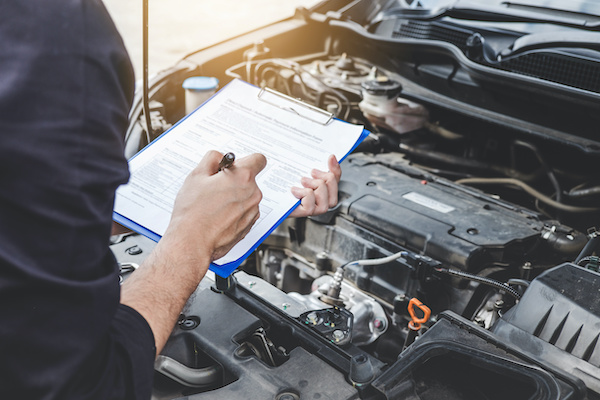
Predictive maintenance offers several benefits for vehicle owners:
- Cost Savings: By addressing maintenance needs before they turn into major problems, vehicle owners can save significant amounts of money on repairs and replacements. Predictive maintenance helps avoid costly breakdowns, reduces the risk of accidents, and extends the lifespan of vehicle components.
- Improved Reliability: With predictive maintenance, vehicle owners can have peace of mind knowing that their vehicles are being proactively monitored and maintained. This leads to improved reliability, as potential issues are identified and resolved before they cause any inconvenience or safety hazards.
- Reduced Downtime: Unplanned breakdowns can result in significant downtime for vehicles, leading to lost productivity and potential financial losses. Predictive maintenance helps minimize downtime by allowing for scheduled maintenance and repairs, ensuring that vehicles stay in optimal condition.
- Enhanced Safety: Identifying and addressing potential issues before they lead to accidents or malfunctions significantly enhances the safety of vehicles and their occupants. Predictive maintenance helps prevent critical failures, such as brake or steering system failures, which can be life-threatening.
Future Developments in Predictive Maintenance
The field of predictive maintenance is continually evolving, with advancements in technology leading to more accurate predictions and improved maintenance practices. Some future developments in predictive maintenance for modern vehicles include:
- Artificial Intelligence: AI-powered algorithms can provide more accurate predictions by analyzing vast amounts of vehicle data and learning from patterns and trends. This can lead to even more reliable and efficient maintenance practices.
- Machine Learning: By continuously learning from new data, machine learning algorithms can adapt and improve their predictions over time. This allows for more precise maintenance scheduling and component replacement.
- Connected Vehicles: The rise of connected vehicles, equipped with internet connectivity, opens up new possibilities for predictive maintenance. Real-time data transmission and analysis can provide instant notifications and recommendations for maintenance needs.
- Cloud Computing: Cloud-based predictive maintenance platforms can handle vast amounts of vehicle data and perform complex analysis. This allows for more efficient and scalable predictive maintenance solutions.
As predictive maintenance continues to advance, it holds great potential for revolutionizing the maintenance practices in modern vehicles. Vehicle owners can expect improved reliability, reduced costs, and enhanced safety, ultimately leading to a better ownership experience.
